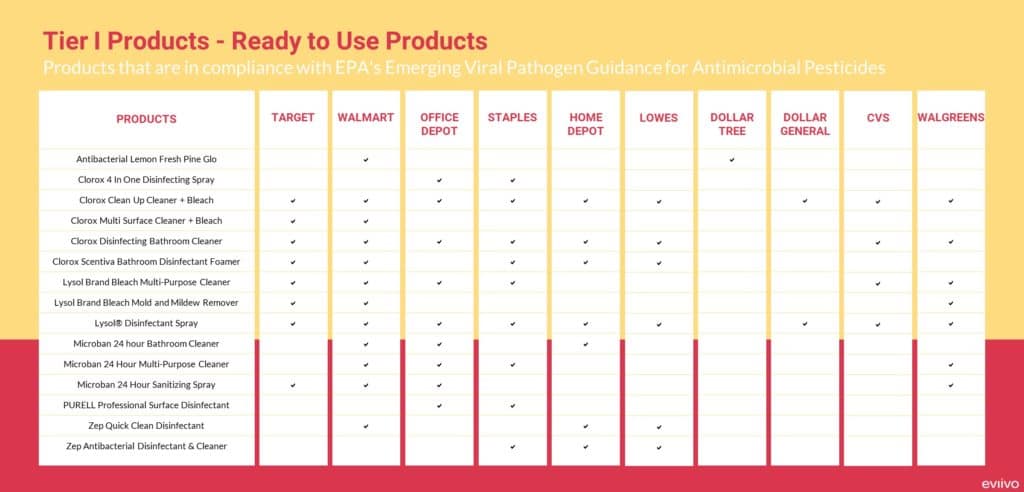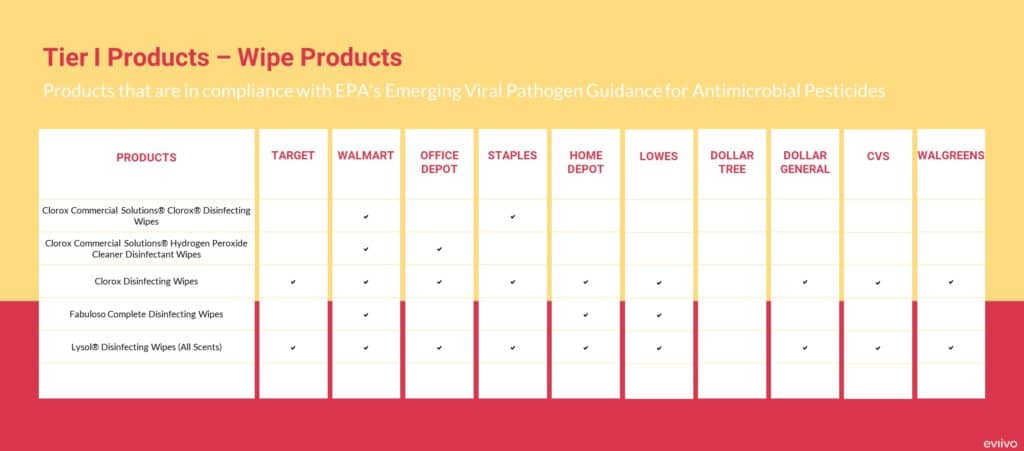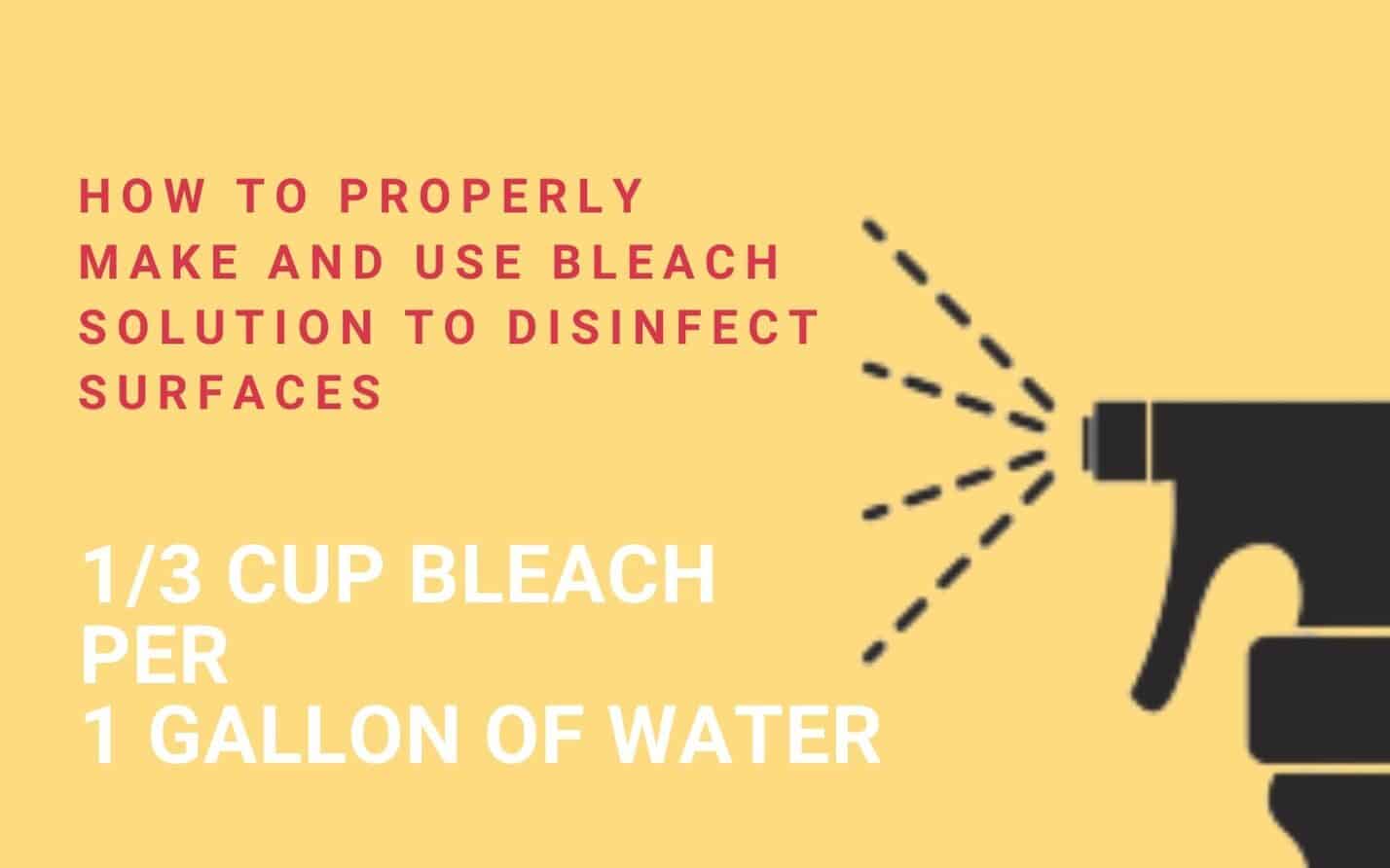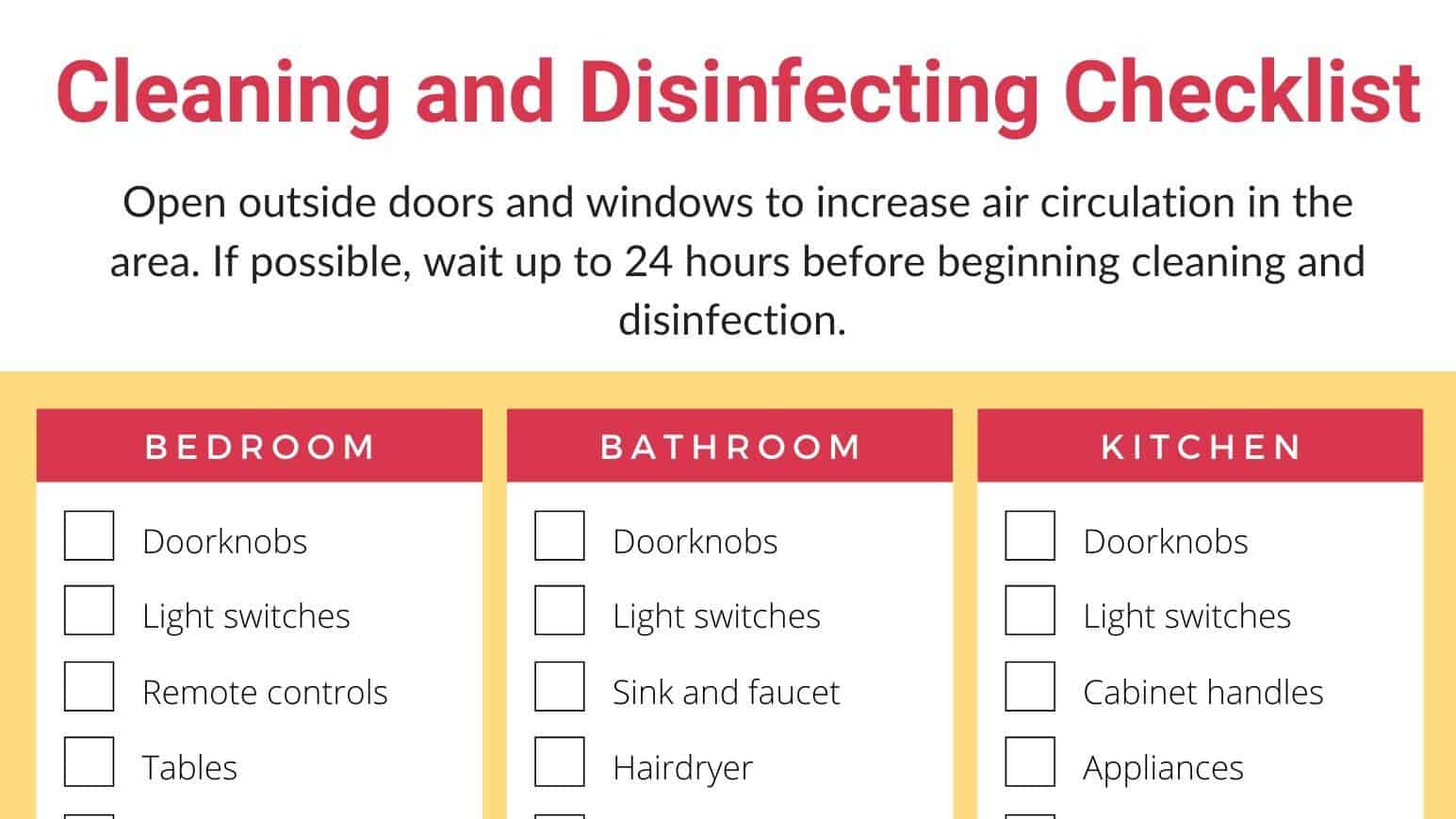Updated May 4, 2020.
While cleanliness has always been a key factor in providing accommodations, with the presence of coronavirus (COVID-19) there are new standards that must be upheld to ensure the safety of yourself, your staff and your guests.
The CDC has released information on how to properly clean and disinfect facilities that house people overnight, and we’ve compiled this information geared specifically toward lodging providers based on their recommendations.
Please note that this content is based on public information from the CDC. The CDC does not endorse this content or eviivo. eviivo makes no representations or warranties of any kind, express or implied, about the completeness, accuracy, reliability, suitability, or availability with respect to this content provided for any purpose. Any reliance you place on such information is therefore strictly at your own risk.
Cleaning vs. disinfecting
The CDC has clarified the difference between cleaning and disinfecting. These guidelines are focused on facilities that house people overnight.
- Cleaning refers to the removal of germs, dirt, and impurities from surfaces. Cleaning does not kill germs, but by removing them, it lowers their numbers and the risk of spreading infection.
- Disinfecting works by using chemicals to kill germs on surfaces. This process does not necessarily clean dirty surfaces or remove germs, but by killing germs on a surface after cleaning, it can further lower the risk of spreading infection.
Approved disinfectants
Products have been pre-approved by the U.S. Environmental Protection Agency (EPA) for use against emerging enveloped viral pathogens and can be used during the 2019 novel coronavirus (COVID-19) outbreak. You can find the American Chemistry Council’s (ACC) Center for Biocide Chemistries (CBC) full list of products in a PDF format here and the EPA’s list of products here.
To help simplify where to find approved disinfectants, we’ve compiled the most accessible products and which stores you can find them in.


In addition to the approved disinfectants for purchase, you can prepare your own bleach solution as an approved disinfectant. Diluted household bleach solutions can be used if appropriate for the surface:

Preparing to clean. How to clean and disinfect safely:
For facilities that house people overnight, the CDC is currently recommending waiting 24 hours before cleaning a room and “as long as is practical” before entering a room, as it is unknown how long the air inside a room occupied by someone with confirmed COVID-19 remains potentially infectious.
After letting the room sit, you will want to:
- Ventilate – Open outside doors and windows to increase air circulation in the area.
- Wait 24 hours before entering a room, cleaning and disinfection.
To clean a room, you want to ensure you’re using appropriate Personal Protective Equipment (PPE) and Hand Hygiene:
- Cleaning staff should wear disposable gloves, masks and gowns for all tasks in the cleaning process, including handling trash.
- Gloves, masks and gowns should be compatible with the disinfectant products being used.
- Additional PPE might be required based on the cleaning/disinfectant products being used and whether there is a risk of splash.
- Gloves, masks and gowns should be removed carefully to avoid contamination of the wearer and the surrounding area. Be sure to clean your hands after removing gloves.
Surfaces
- For hard surfaces:
- Clean using a detergent or soap prior to disinfecting
- Wipe a cleaned surface with products with the EPA-approved emerging viral pathogens claims
- Allow to air dry
- For soft (porous) surfaces such as carpeted floor, rugs, and drapes
- Remove visible contamination if present
- Clean with appropriate cleaners indicated for use on these surfaces.
- Use products with the EPA-approved emerging viral pathogens claims that are suitable for porous surfaces
Linens and laundry
- Do not shake dirty laundry; this minimizes the possibility of dispersing the virus through the air.
- Launder using the warmest appropriate water setting for the items and dry items completely. Dirty laundry that has been in contact with an ill person can be washed with other people’s items.
- Do not forget to clean and disinfect hampers or other carts for transporting laundry according to the guidance for hard or soft surfaces.
After you’ve finished cleaning
- Disinfect the soles of your shoes.
- Gloves should be removed after cleaning a room or area occupied by ill persons. Clean hands immediately after gloves are removed.
- Cleaning staff and others should clean hands often, including immediately after removing gloves and after contact with an ill person, by washing hands with soap and water for 20 seconds. If soap and water are not available and hands are not visibly dirty, an alcohol-based hand sanitizer that contains 60%-95% alcohol may be used. However, if hands are visibly dirty, always wash hands with soap and water.
Download our cleaning and disinfecting checklist
How to wash your hands
Washing your hands is vital in reducing the spread of germs and viruses. It’s one of the most effective ways to prevent the spread of germs. Clean hands can stop germs from spreading from one person to another and throughout an entire community—from your home and workplace to childcare facilities and hospitals.
Follow these five steps every time you wash your hands:
- Wet your hands with clean, running water (warm or cold), turn off the tap, and apply soap.
- Lather your hands by rubbing them together with the soap. Lather the backs of your hands, between your fingers, and under your nails.
- Scrub your hands for at least 20 seconds. Need a timer? Hum the “Happy Birthday” song from beginning to end twice.
- Rinse your hands well under clean, running water.
- Dry your hands using a clean towel or air dry them.
Find guidelines on handwashing on the CDC website here.
Learn more
Find all of the CDC’s recommendations for cleaning facilities that house people overnight on their website here.



